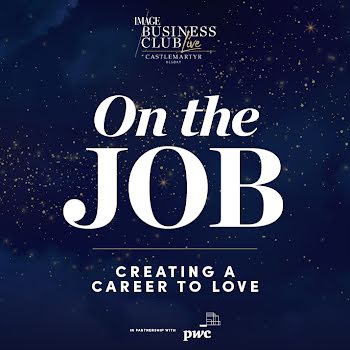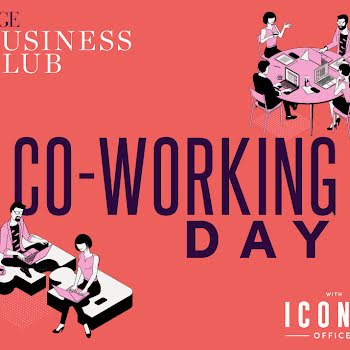By Geraldine Carton
01st Sep 2018
01st Sep 2018
“What exactly is ASMR, and how do I know if I have it?”
There’s no denying it, YouTube is an interesting place. Known for an endless supply of bizarre content that spans across every possible niche interest (from the funny to the terrifying), the latest trend to sweep the video platform is no exception.
ASMR
Search the letters ‘ASMR’ (autonomous sensory meridian response) and you’ll find thousands of videos showing individuals whispering into microphones; slowly turning the pages of books; tapping video lenses and generally doing all matter of curious things to elicit a very specific response amongst their viewers.
Simply put, the aim of ASMR videos is to make viewers feel a tingling sensation all down their neck and spine; to feel a wave of relaxation, and in some cases, to fall asleep. These feelings are “triggered” through a series of set sounds and movements (check out the video below for further examples).
This tingling feeling is the physical translation of ASMR; a sensory response to certain sounds and vibrations that only certain people claim to experience. It’s a black and white reaction in the sense that either you either experience it, or you don’t. Those who experience the sensations often describe it as “head-gasms”, and say how it relaxes them; eases their anxieties; and even cures them from insomnia.
‘Follow This’
Recently Netflix joined up with Buzzfeed in a series called Follow This; a short-form documentary series that delves into a range of topics. In the first episode, the Buzzfeed journalist Scaachi Koul explores the world of ASMR; speaking to ASMR-tists (ASMR artists), many of whom have amassed thousands – and in some cases, millions – of followers. The episode is fascinating, as the ASMRtists explain the YouTube content they create and the effect that discovering ASMR has had on their lives, and on those who watch their videos.
Following on from the YouTubers, the programme gives a glimpse of those who are administering ASMR in real life – ASMR IRL, if you will. The real-life aspect is a bit more intense, as Scaachi visits Whisperlodge, a “Part-therapeutic experience, part-living art installation” in a rented New York apartment. Here, the staff administer ear examinations, carry out gibberish whispering sessions and gently stroke clients’ faces with make-up brushes – all in the hope of facilitating those almighty ASMR tingles.
Related: Egg freezing: All the New Yorkers are doing it, so why aren’t we?
Science says…
Earlier this year the University of Sheffield and Manchester Metropolitan University joined up to carry out a study which investigated the validity and physiological underpinnings of ASMR. The first study of its kind, it found that those who experience ASMR also experience significantly reduced heart rates while watching ASMR videos compared to people who do not experience ASMR. They also showed significant increases in positive emotions including relaxation and strong feelings of social connection.
We say…
ASMR is a strange concept, insofar as watching someone pluck at a hairbrush for hours is not commonplace. However, considering how we’re living in a time when people are more stressed than ever, if a bit of whispering in the ear is going to calm one person down in the same way that acupuncture needles to the skin does for someone else, then who are we to judge? Different strokes for different folks, and all that. And hey, if it’s the very sound of those strokes that gives someone their kicks, then more power to them. We just wish we could feel those sweet, sweet head tingles for ourselves…
Related: I love my dog so much that I looked into cloning him






















